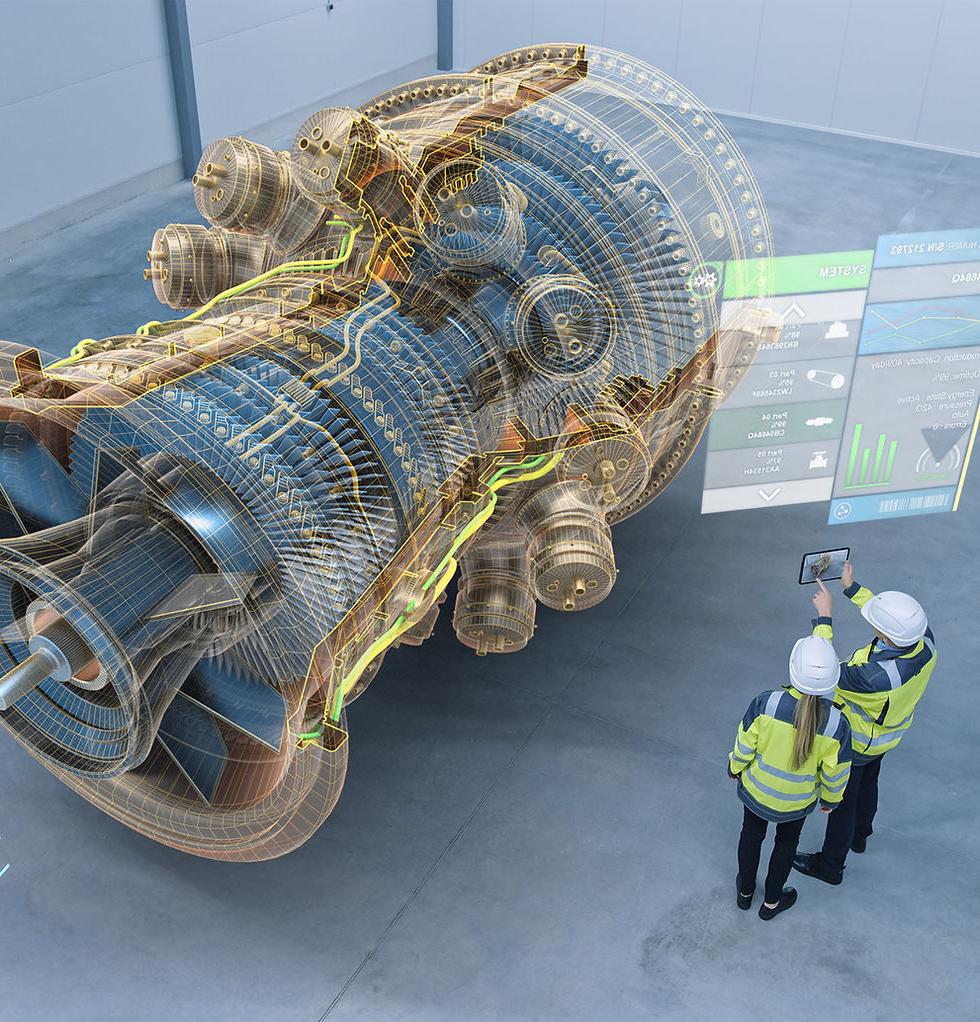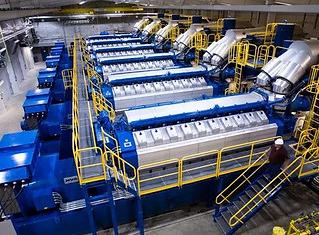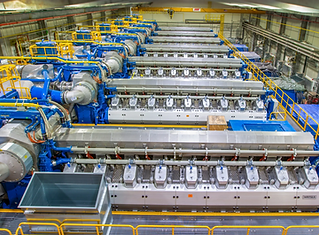

WHAT IS COGENERATION?
Cogeneration, also known as the simultaneous generation of electrical and thermal energy (often referred to as electricity and heat), stands out for its high efficiency. This method significantly reduces fuel usage and greenhouse gas emissions, while also enhancing economic efficiency.
Understanding Combined Heat & Power
At the core of our combined heat and power (CHP) systems is the principle of cogeneration. The terms 'CHP generation' and 'cogeneration' are often used synonymously. 'Cogeneration' is commonly employed to denote the process, whereas 'CHP' typically refers to the actual power plant setup.
Бұл бөлім сіздерді осы инновациялық технологиямен таныстыруға арналған. Біз оның қалай жұмыс істейтінін және оның энергияның кең ауысуына қосқан үлесін бөлекте аламыз.

What are the 4 types of Reciprocating Engines?
Қозғалмайтын қозғалтқыштар цилиндрдің орналасуы бойынша немесе салқындату әдісіне сәйкес жіктелуі мүмкін (сұйық салқындатылған немесе ауа салқындатылған). Өріске шығаратын қозғалтқыш - бұл қозғалтқышты айналмалы қозғалысқа айналдыру үшін бір немесе бірнеше поршеньді пайдаланатын қозғалтқыш.

Difference between Reciprocating and Rotary Engine?
A rotary engine has four separate compartments, and in each one, a specific job is performed: intake, compression, combustion (or ignition), or exhaust. On the other hand, the piston(s) in a reciprocating engine perform each of those four jobs within a single cylinder.

Why Reciprocating Engine is Important?
=
© 119
The major advantage of the reciprocating internal combustion engine is that its design is not limited by the properties of the materials of its construction, since none of its parts is required to work continuously at maximum-cycle temperature.

How Does Cogeneration Work?
The core elements of a Combined Heat and Power (CHP) system include the engine, generator, heat exchanger, and command and control units. Depending on the customer's requirements and objectives, additional components like an exhaust system and ventilation devices can be added.
In a CHP system, the combustion engine powers the generator to produce electricity. Instead of wasting the heat generated during fuel combustion, it is captured and transferred to the heating network via a heat exchanger. This process allows for an impressive utilization of up to 98% of the primary energy in the form of both electricity and heat.
Beyond just heating and warm water, CHP systems can also produce 'process heat' for applications like steam, hot air, and thermal oil. The electrical efficiency of an engine-driven CHP system is directly related to its electrical output; generally, higher output equates to greater efficiency.
CHP systems are versatile, functioning with both fossil and renewable fuels. Liquid fuels like domestic heating oil, vegetable oil, or biodiesel are used in compression ignition engines. Gaseous fuels, including natural gas, liquefied gas, and biogas (as well as lean gases with minimal methane content like sewage gas, landfill gas, or firedamp), are suitable for Otto engines, dual fuel engines, or gas turbines.
In the evolving landscape of energy transition, hydrogen is emerging as a key climate-neutral energy source, potentially produced from excess wind and solar energy. 2G's CHP systems are already equipped to generate heat and electricity using 100% hydrogen.

Біріктірілген жылу және қуат технологиясы
Қуаттылық қозғалтқыштары Ішкі жану қозғалтқыштарын өңдеу, тасымалдау, тасымалдау және басқа да көптеген мақсаттар үшін пайдаланылатын жетілген технология. Дүниежүзілік ішкі жану қозғалтқыштарының өндірісі жылына 200 миллионнан асады. ЖЭО қондырғылары үшін, алдағы қозғалтқыштар үшін 10 кВт-тан 10 МВт-қа дейінгі қуаттылықтар бар.
Multiple engines can be integrated to deliver capacities exceeding 10 MW in a single plant. Several manufacturers offer reciprocating engines for distributed power generation, and these engines, which are most often fueled with natural gas, are well suited for CHP service (see Table 1 for summary of attributes).

How can a CHP fulfill my needs?
The product range of 2G encompasses solutions from 60 kW to 4.5 MW, catering to a broad spectrum of applications. Each CHP system is custom-designed for its specific use and is developed as part of a comprehensive solution, making economic efficiency a critical consideration from the outset.
CHP systems can be configured to prioritize either heat or electricity production. When the focus is on electricity, the system's configuration and operation hinge on electricity demand. Conversely, in a heat-centric approach, the required heat output dictates the system's functioning. Additionally, these systems can be adapted to meet other energy needs, such as cooling, if necessary.
The goal is typically to achieve the highest possible utilization rate of the system, fully leveraging its production capacity. However, as renewable energy sources expand, there is an increasing need for flexibly activated regulation and balancing capacities. CHP systems are well-suited to meet this demand, offering a versatile, all-in-one energy solution.






